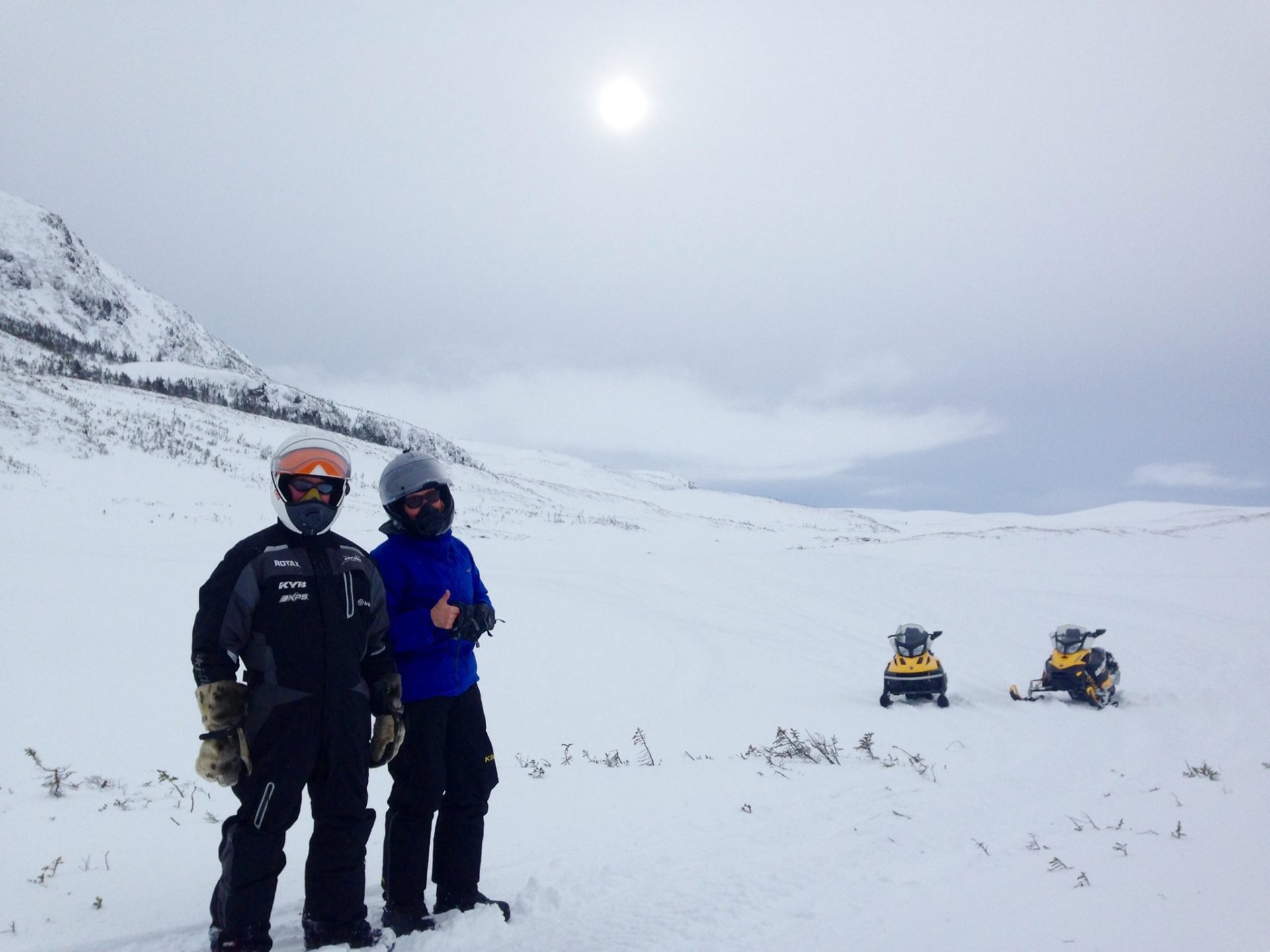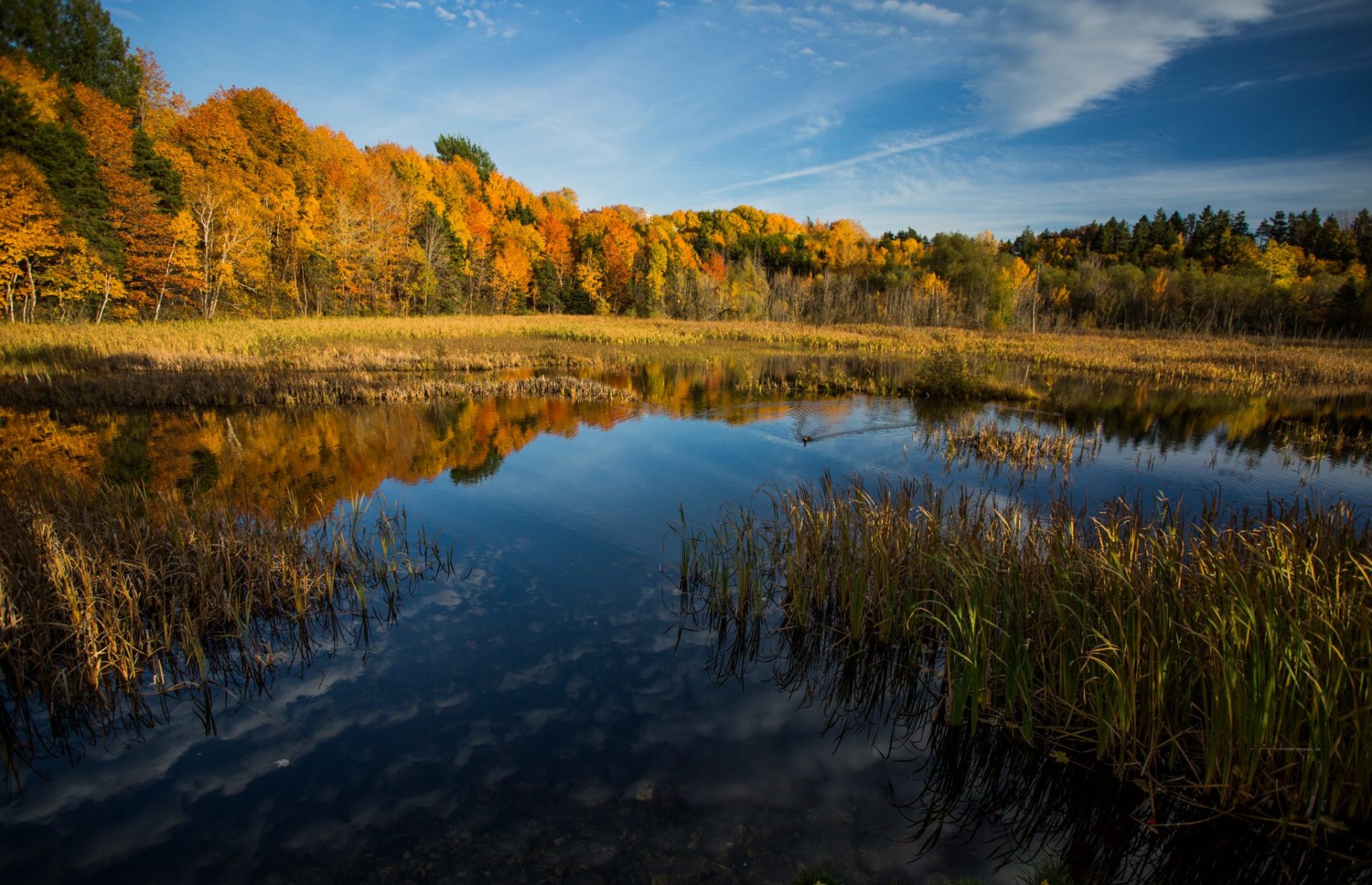Newfoundland, with its rugged landscapes, charming towns, and stunning coastline, is a destination for all seasons. While summer is the most popular time to visit, there’s plenty to love about the quieter months before and after the peak season. Here’s a breakdown of the best times to experience Newfoundland, depending on what you’re looking for.
Ads are how we keep our blog free for you to enjoy. We also use affiliate links; if you make a purchase through them, we may receive a small commission at no cost to you.
Looking for more Newfoundland travel tips and inspiration? Check out these other posts:
What to Pack for Newfoundland: Your Essential Checklist
Newfoundland’s unpredictable weather and rugged landscapes mean smart packing is key! Whether you’re hiking in Gros Morne, whale watching in Twillingate, or road-tripping, the right gear will keep you warm, dry, and ready for adventure.
🚀 Want a printable checklist? Grab your free Newfoundland Packing List here!
Summer in Newfoundland (July and August): The Popular Choice

Summer in Newfoundland is undeniably beautiful. The weather is warm, attractions are fully operational, and festivals bring life to the province’s communities. From hiking trails to boat tours, almost every adventure is at your fingertips.
Summer weather in Newfoundland is cooler than in many other destinations, making it an ideal escape from extreme heat and wildfires. A hot day might reach 25-30°C, but most summer days are comfortably within the 10-25°C range. There’s always a refreshing breeze, and evenings often call for a sweater.
However, summer also brings crowds. Accommodations fill up quickly, and popular sites can feel bustling. For those who love the buzz of activity and don’t mind planning ahead, July and August are ideal. But if you prefer quieter trails and a slower pace, consider visiting just before or after this peak season.
Spring in Newfoundland (April – June): A Time of Awakening

Spring in Newfoundland, from April to June, is a time of renewal and transformation, when the island shakes off its winter slumber and comes alive.
Here’s what makes spring special:
- Cool Days and Fog: Spring weather in Newfoundland is marked by cool temperatures and frequent fog, creating a mystical ambiance along the coast.
- Return of Birds and Whales: Migratory birds, like puffins, begin nesting, and whales return to the waters, offering incredible wildlife spotting opportunities.
- Blooming Flowers: Wildflowers and coastal flora start to bloom, adding pops of color to the rugged landscape.
- Trail Challenges: Many trails can still have snow or be wet and muddy, so waterproof footwear and preparation are key for spring hiking.
- Solitude and Quiet: With fewer visitors, the trails and attractions are peaceful, letting you truly connect with the island’s natural beauty.
Pro Tip: The Northern Peninsula in spring is a treasure trove of sights, from drifting icebergs and active wildlife to long, serene days that are perfect for exploration.
Early Fall in Newfoundland (September- October): Summer’s Last Embrace

September and October in Newfoundland showcase the best of fall—a season filled with warm days, brilliant foliage, and peaceful landscapes, but also a hint of the coming chill as mid-October brings cooler, rainier days.
- Warm Air and Water: The ocean, heated by summer’s sun, and the air are still pleasantly warm in early fall, making outdoor adventures comfortable.
- Fall Colors and No Bugs: The forests transition into vibrant hues of red, orange, and gold, while the absence of bugs enhances hiking and exploring.
- Mushrooms and Quiet Trails: Forest floors abound with mushrooms, and with fewer visitors, you’ll have the trails and stunning vistas almost entirely to yourself.
- Trail and Road Conditions: Trails are typically dry and in their best condition for hiking. This is also an ideal time for RVing and road trips, with scenic drives showcasing the changing landscape.
A Few Things to Keep in Mind for Fall:
- Attraction Closures: Many restaurants and attractions close after Labor Day, so independent travelers should plan ahead by calling to confirm hours or pre-arranging visits.
- Be Prepared: As mid-October approaches, cool, rainy days become more frequent, so pack accordingly for varied weather conditions.
Fall is perfect for those who enjoy tranquil settings, self-sufficient travel, and the magic of Newfoundland’s natural beauty at its most colorful and serene.
Late Fall in Newfoundland (November – December): Never-ending Grey Foggy Day

Late fall in Newfoundland is characterized by wet, grey weather that dominates the landscape. The days are shorter, the air feels damp, and rainfall is frequent. While the occasional mild day might offer a glimpse of beauty, this season is generally not ideal for visiting. Most attractions and restaurants are closed, and the lack of vibrant colors or snow-covered landscapes can leave travelers underwhelmed. For these reasons, late fall is better suited for locals than for tourists seeking Newfoundland’s iconic charm.
Winter in Newfoundland (January – March): A Snowy Wonderland

Winter transforms Newfoundland into a snowy wonderland, especially along the west coast, which boasts some of the best conditions for skiing and snowmobiling. Here’s what to expect:
- Cold Temperatures: Winter temperatures can range from -10°C to 0°C, with colder nights and brisk winds, so dressing in layers is essential.
- Snow on the West Coast: Areas like Gros Morne National Park and Marble Mountain are blanketed in snow, making them prime destinations for winter sports enthusiasts.
- Outdoor Activities: Skiing, snowboarding, and snowmobiling are popular activities, offering thrilling ways to experience the rugged terrain.
- Quiet and Peaceful: With few visitors, winter offers a serene and tranquil escape for those who don’t mind the cold.
Winter in Newfoundland is perfect for adventurers and those who want to experience the province’s rugged beauty under a blanket of snow.—
What does the local recommend?
Both spring and fall offer a quieter, more intimate Newfoundland experience. The pace is slower, the crowds are thinner, and nature feels more alive. Whether it’s the fresh energy of spring or the lingering warmth of late summer, these shoulder months are perfect for soaking in the beauty of Newfoundland at your own pace. Whether you’re drawn by icebergs, wildlife, hiking, or simply the charm of the island, you’ll find that late spring and early fall are just right for your adventure.
Don’t forget your Newfoundland Packing List!
Recommended Reads

The Ultimate Guide to Getting to Newfoundland
Newfoundland and Labrador, Canada’s easternmost province, offers travelers a unique blend of rugged natural beauty, rich history, and vibrant culture. Planning a trip to this captivating destination involves understanding the various transportation options available. Here’s a comprehensive guide to help you navigate your journey to Newfoundland. Ads are how we keep our blog free for…

Best Things To Do in Gros Morne National Park, Newfoundland
Gros Morne National Park is a place of breathtaking, rugged landscapes and endless adventure. Located on Newfoundland’s west coast, this UNESCO World Heritage Site is a paradise for hikers, wildlife lovers, and outdoor enthusiasts. Whether you’re trekking through ancient fjords, summiting Gros Morne Mountain, or exploring coastal fishing villages, there’s no shortage of ways to…

A Newfoundland Travel Guide: How to Plan Your Vacation
Newfoundland is a big, wild place ready to be explored. With this Newfoundland travel guide, I will share with you my tips for traveling around Newfoundland like how to get here, where to stay, how to stay well fed, and areas that deserve your attention. Newfoundland is my favourite place in the whole world, not…

